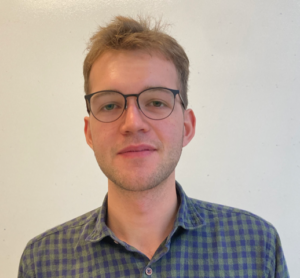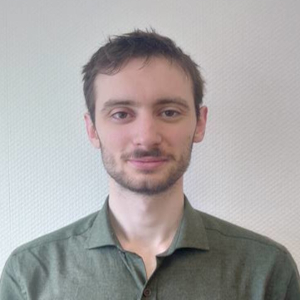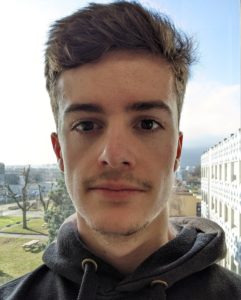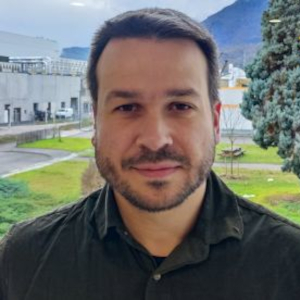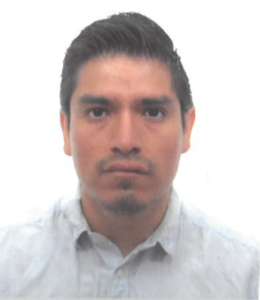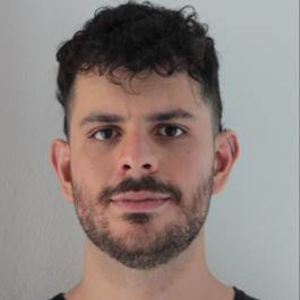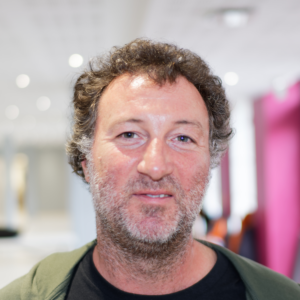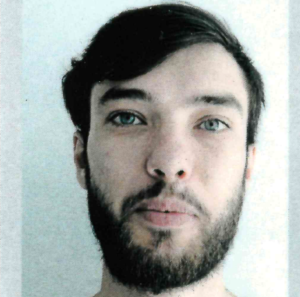Overview
Our team aims at manipulating spins currents in nanostructures, in particular in quantum materials with Dirac fermions, such as topological insulators or Weyl semimetals, or at oxide interfaces. Some important aspects of future spintronics devices, such as the efficient spin-charge interconversion at interfaces or the ballistic transport of spin states for quantum interconnects, are studied by magneto-transport measurements.
Research topics
Spin-Charge interconversion
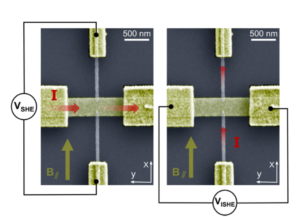
Nanostructure made of a horizontal stripe of spin Hall effect material, with two vertical ferromagnetic electrodes to probe the spin accumulation or to inject spin currents. The nanostructure allows probing both the charge-to-spin (left) and spin-to-charge (right) conversions due to the spin-orbit coupling.
Control of magnetization
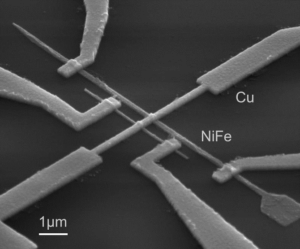
Nanostructure possessing NiFe nanowires, in which magnetic domain walls can propagate. When located at the vicinity of the Cu nanowire, the domain wall can be used to inject or detect pure spin currents.
Ballistic spin currents
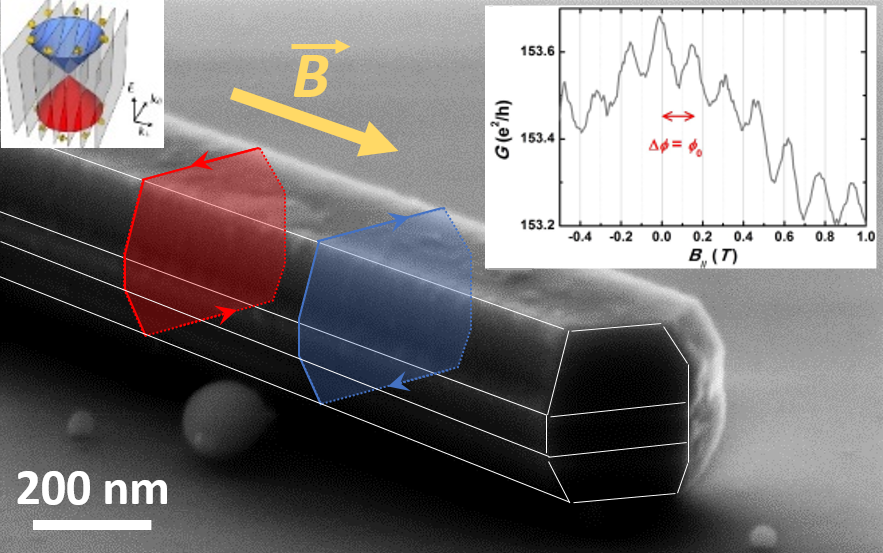
The ballistic surface Dirac fermions in a 3D topological insulator propagate on the cristal faces of a quantum wire. The well-defined cross section gives flux-periodic Aharonov-Bohm oscillations of the resistance, due to quantum interference, for a magnetic induction applied parallel to the nanowire. The spin-helical surface modes offer new possibilities to build quantum spintronics devices of simple geometry, either for dissipationless long-range interconnects or local spin filtering controled by a magnetic field or an electrostatic gate.
The team
Former members
Post-docs
- Yu FU (2015-2016)
- Juan Carlos ROJAS SANCHEZ (2010-2013)
- Yu FU (2015-2016, 2018-2019)
PhDs
- Andrei Mihai (2006-2009)
- Van Dai Nguyen (2009-2012)
- Piotr Laczkowski (2009-2012)
- Williams Savero-Torres (2011-2014)
- Pham Van Tuong (2014–2017)
- Gilles Zhand (2014-2017)
- Toshiki Gushi (2016-2019)
- Paul Noël (2016-2019)
- Aoyu Tan (2018-2021)
- Valentin Labracherie (2017-2021)
- Maxen Cosset-Cheneau (2019-2022)
- Sambit Ghosh (2019-2022)
Internships
- Williams Savero-Torres (2011)
- Gilles Zahnd (2014)
- Paul Noël (2016)
- Maxen Cosset-Cheneau (2018)
- Timothé Faivre (2009)
- Hélène Durand (2005)
- Andrei Mihai (2006)
- Carl Naylor (2011)
- Quentin Thiburce (2013)
- Clément Nguyen (2013)
- Sarah Ferry (2009)
- Cédric Mannequin (2008)
- Quentin Riffard (2010)
- Willy Lim (2016)
- Matthieu Praquin (2018)
- Marie-Paule Okinda (2020)
Visitors
- Sara Varotto (2019-2020)
Projects
- ANR Contrabass (2020-2023)
- ITN H2020 Spears (2021-2024)
- ANR Oiso (2017-2021)
- ISP Idex UGA DOMINO (2018-2021)
- FET Proactive H2020 Tocha (2019-2023)
- IRS Idex UGA (2017-2020)
Partners
- Tsukuba University (Japan)
- Unité mixte de Physique CNRS/Thalès (Orsay)
- Néel Institute (Grenoble)
- Leti (Grenoble)
- Institut Jean Lamour (Nancy)
- Leibniz Institute IFW (Dresden)
- Technical University (Dresden)
Recent news
- HDR defense – Nanostructures of disordered 3D topological insulators (September 14th, 2020)

On Tuesday, October 20th at 14h00, Romain Giraud from CEA/SPINTEC-Univ. Grenoble Alpes will defend his HDR (Ability to Supervise Research) entitled : Nanostructures of disordered 3D topological insulators Place : CEA Building 10.05 auditorium 445 (contact : ... - Metamagnetism of Weakly Coupled Antiferromagnetic Topological Insulators (July 06th, 2020)

Layered magnetic topological insulators are candidate to unveil novel electronic phases controlled by the magnetization. In MnBi4Te7, we evidenced a transition from an antiferromagnetic to a ferromagnetic-like metamagnetic state, possibly realizing the quantum anomalous Hall ... - Paul NOËL receives a PhD award from University Grenoble Alpes (June 03rd, 2020)

Paul Noël has been awarded one out of the 9 awards of the University Grenoble Alpes, for PhDs defended in 2019. Paul Noël conducted his PhD work at SPINTEC, under the co-supervision of Jean-Philippe Attané ... - Non-volatile electric control of spin–charge conversion in a SrTiO3 Rashba system (April 22nd, 2020)

Electron spin—a fundamentally quantum property—is central to spintronics, a technology that revolutionized data storage, and that could play a major role in creating new computer processors. In order to generate and detect spin currents, spintronics ... - Large Current-Driven Domain Wall Mobility by pure spin transfer torque in Ferrimagnetic Mn4N Thin Films (December 11th, 2019)

We found that Mn4N, a rare-earth free ferrimagnet made of abundant elements, is an exciting candidate for the development of sustainable spintronics devices. This material possess exciting properties, and in particular domain walls can be ...




